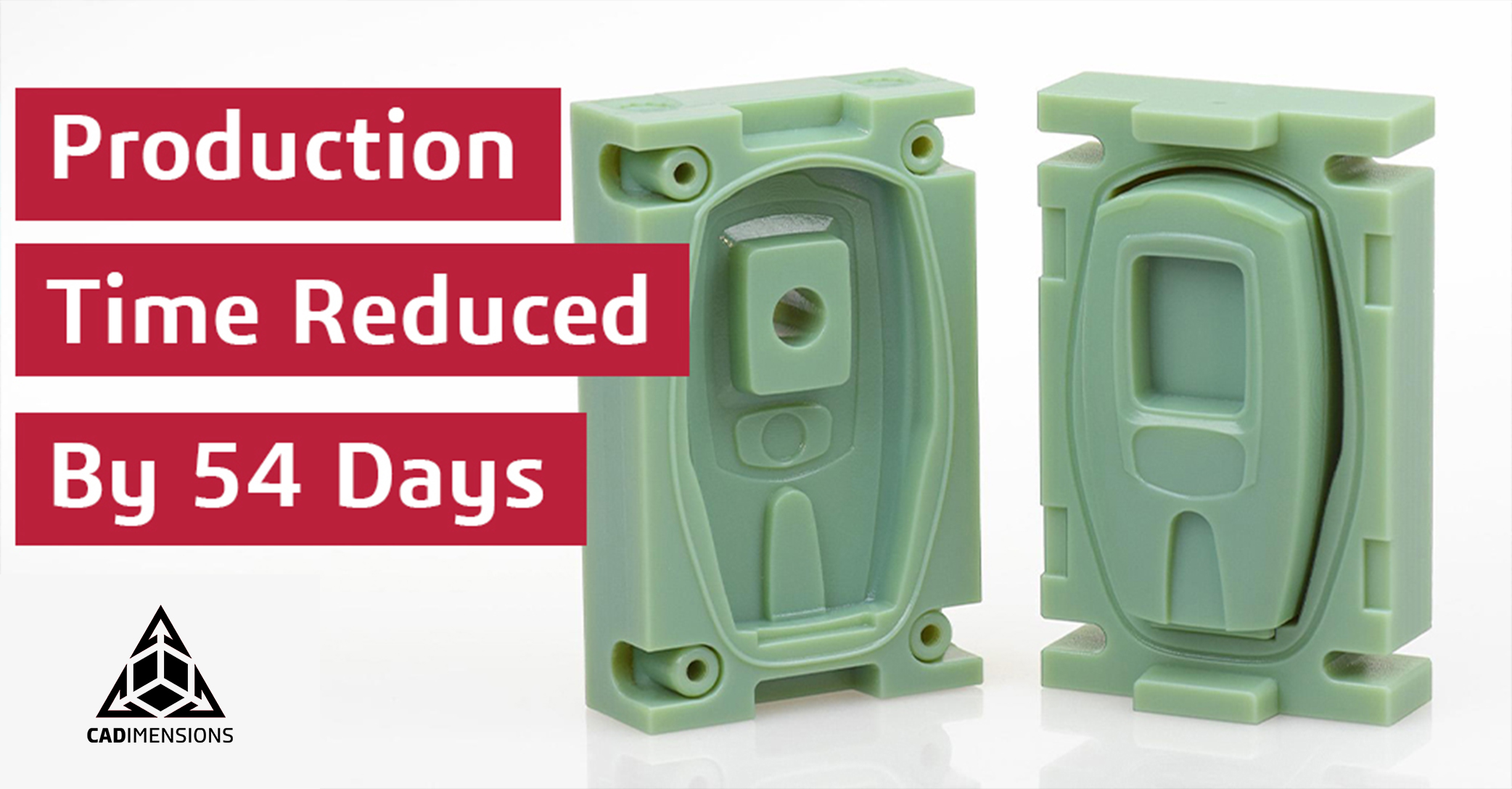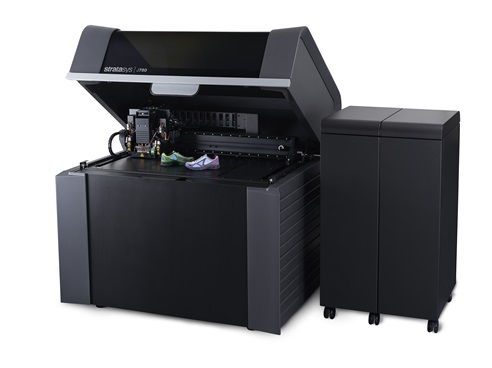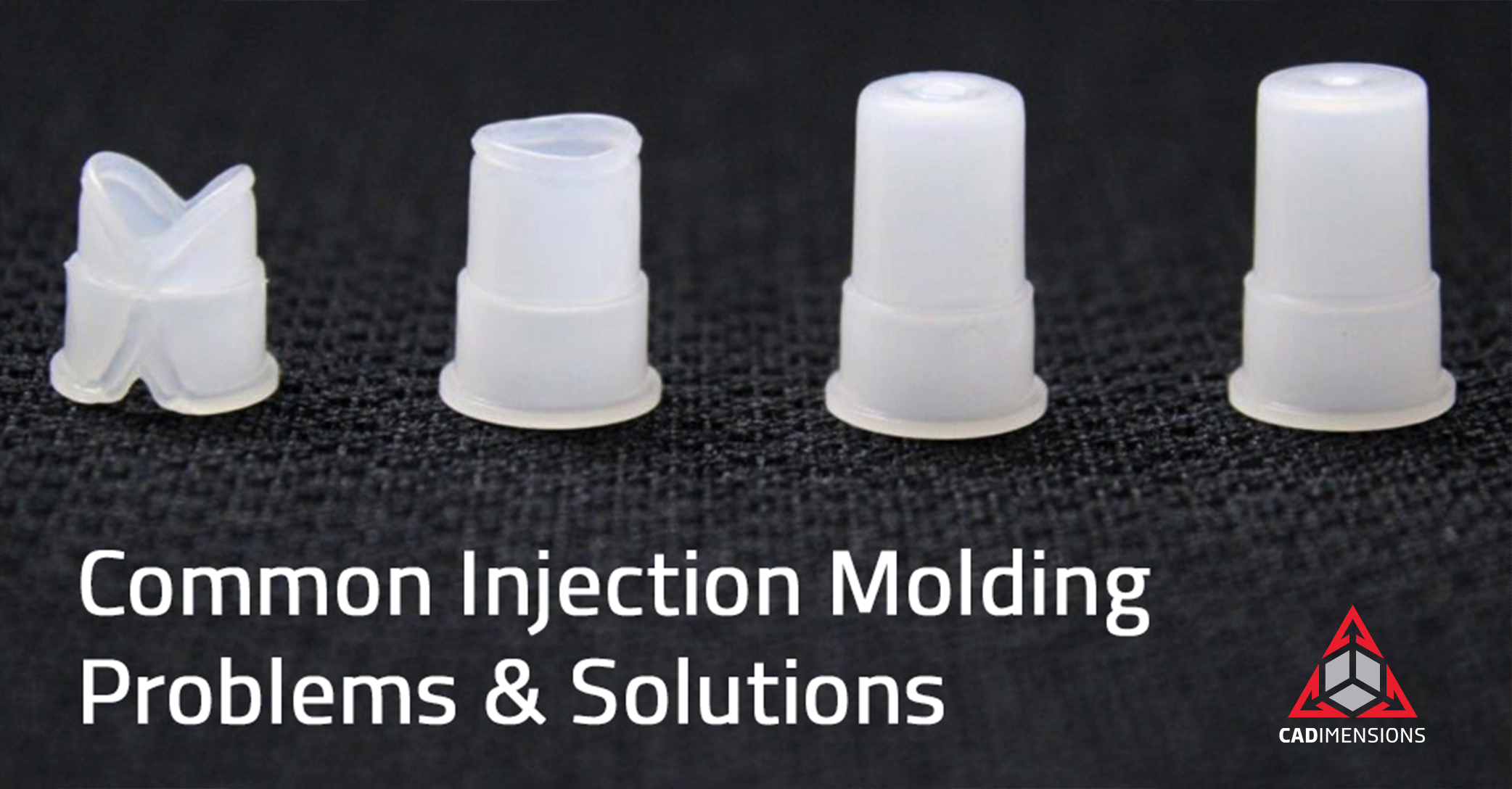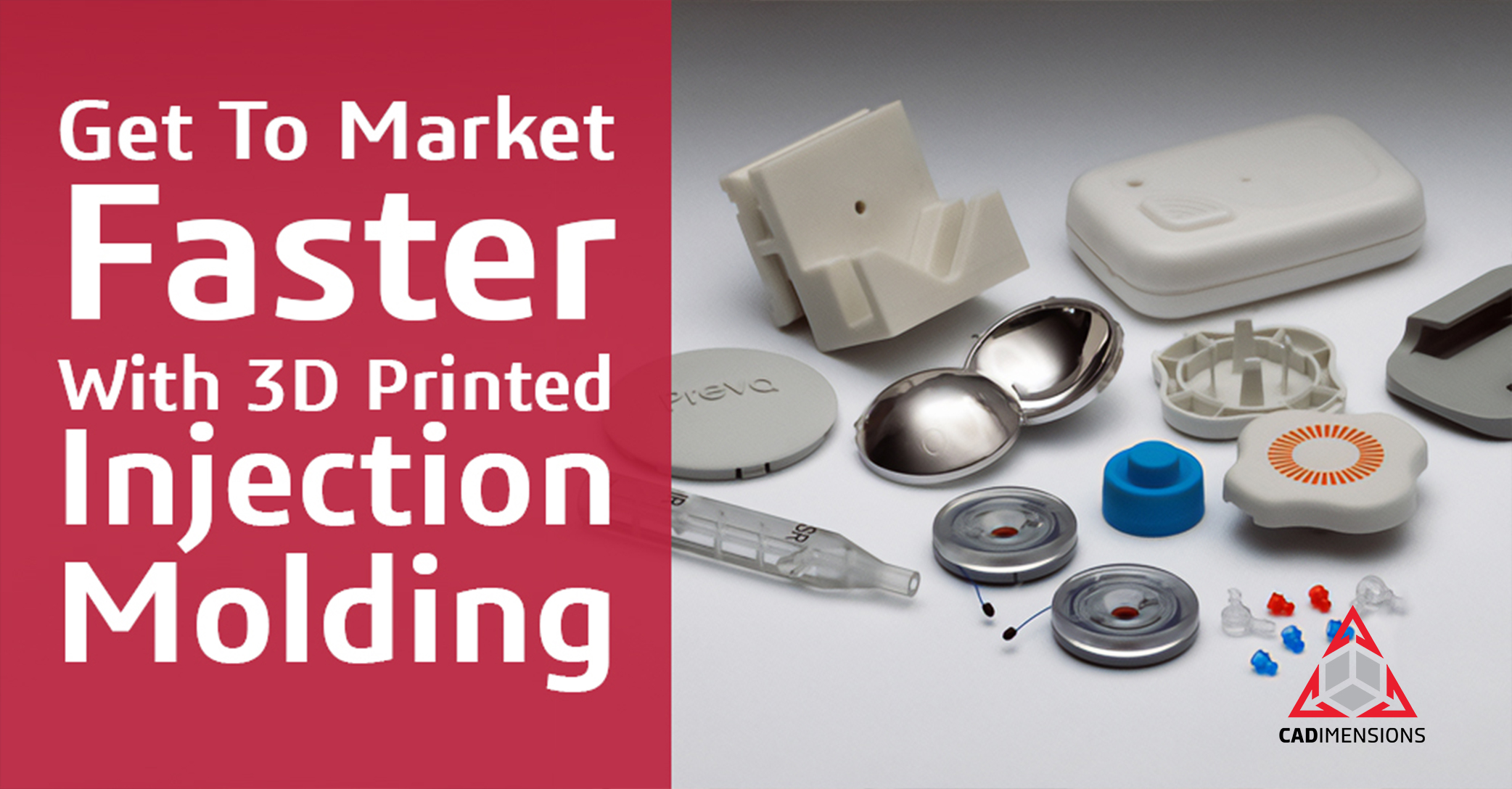How One Company Reduced Their Mold Production Time By 96%
Injection molding — the process of injecting plastic material into a mold cavity where it cools and hardens to the configuration of the cavity — is one of the world’s most popular manufacturing processes. It is best used to mass-produce highly accurate, and often complex, end-use parts.
3D printing is commonly used to build prototype parts for the detection of issues related to form, fit, and function. Yet, 3D printed prototypes cannot provide a complete assessment of an injection molded part’s functional performance because 3D material properties are different than those actually used in injection molding. Until recently, the only option for manufacturers to conduct design and functional testing of injection molded parts was to machine an aluminum (soft) tool. While these molds are far less expensive than their steel (hard) counterparts, costs and lead times are still significant.
Application Outline
Today, PolyJet™ 3D printed injection molds are a better option for evaluating part design and performance. Using data from computer-aided design (CAD) files along with its inkjet-like process, PolyJet 3D printing can deliver high resolution and smooth surfaces that are ideal for building injection molds capable of producing prototype parts in end-use thermoplastic. Plus, they can be constructed in one or two days as opposed to days and weeks for metal tools.
The objective of a PolyJet mold isn’t to replace short-run tooling options. Instead, it is a solution that fills the gap between machined molds and less expensive silicone rubber molds that can only simulate injection molded parts. Typically costing 50% to 70% less than an aluminum tool, PolyJet molds offer the advantages of silicone rubber molds — fast production of complex parts and the ability to make frequent revisions — with the ability to use production-grade thermoplastics.
Many thermoplastic resins can be injected into a PolyJet mold. Commonly used resins, such as polypropylene, polyethylene, acrylonitrile butadiene styrene (ABS), polyamide, thermoplastic elastomers, and glass-filled polyamide and polypropylene resins are good candidates for molds with challenging features.
PolyJet molds require a few adjustments in the tool design and injection molding process to compensate for their mechanical and thermal properties. For example:
- PolyJet molds use larger draft angles and gates as opposed to metal tools.
- Injection molding temperatures and pressures are decreased to avoid damage to the PolyJet mold and extend its life.
- Cycle times are increased to allow the plastic to solidify and keep the PolyJet mold at an ideal operating temperature
Customer Story
Robert Seuffer GmbH & Co., based in Germany, manufactures sensors, electronics, and controls for use on finished products in numerous industries. During its quality control process, Seuffer conducts testing to validate the fit and functionality of any potential new part by creating prototypes with metal molds. However, the company’s management was interested in exploring alternatives that would allow them to accelerate the process, and reduce the number of design iterations, before allocating valued resources.
How does Polyjet compare to traditional methods for Seuffer?
| METHOD | COST | PRODUCTION TIME |
| Metal Mold* | $52,725 | 56 days |
| PolyJet Mold | $1,318 | 2 days |
| Savings | $51,407 (98%) | 54 days (96%) |
Benefits of PolyJet
| Average lead time savings: | • 50% – 90% |
| Average cost savings: | • 50% – 70% |
| Real materials: | • Spec resins for true functional evaluation |
| Greater efficiency: | • Automated tool manufacturing |
| Rapid validation: | • Early assessment of part performance and tool design |
| • Early confirmation of thermoplastic selection. |
Their solution was to use a PolyJet 3D Printer as a mold-making machine.
To test the approach, Seuffer selected a part that was geometrically complex; its design included shut-off surfaces, thin walls, and tall core pins which would normally require multiple inserts and many labor hours to fit into a normal metal mold base.
By using a PolyJet 3D Printer, a prototype mold was built in one day and required only three hours of component fitting and assembly. What’s more, the PolyJet mold cost less than $1,400 to produce. Now, with the help of PolyJet 3D printed molds, Seuffer can:
- Quickly and cost-effectively produce new molds following each round of design modification. • Reduce and/or eliminate rework on final production molds.
- Create prototypes from the final production material with complex geometries, thin walls, and fine details.
- Gather true-to-life performance data much earlier in the process than ever possible before.
“In the past, we could not conduct performance tests until we had built a steel or aluminum tool and used it to create injection molded prototypes on actual production machines,” said Wilfried Zachmann, research and development manager for Seuffer. “Now we have the ability to perform functional tests and modify designs faster and at much lower costs.”


















